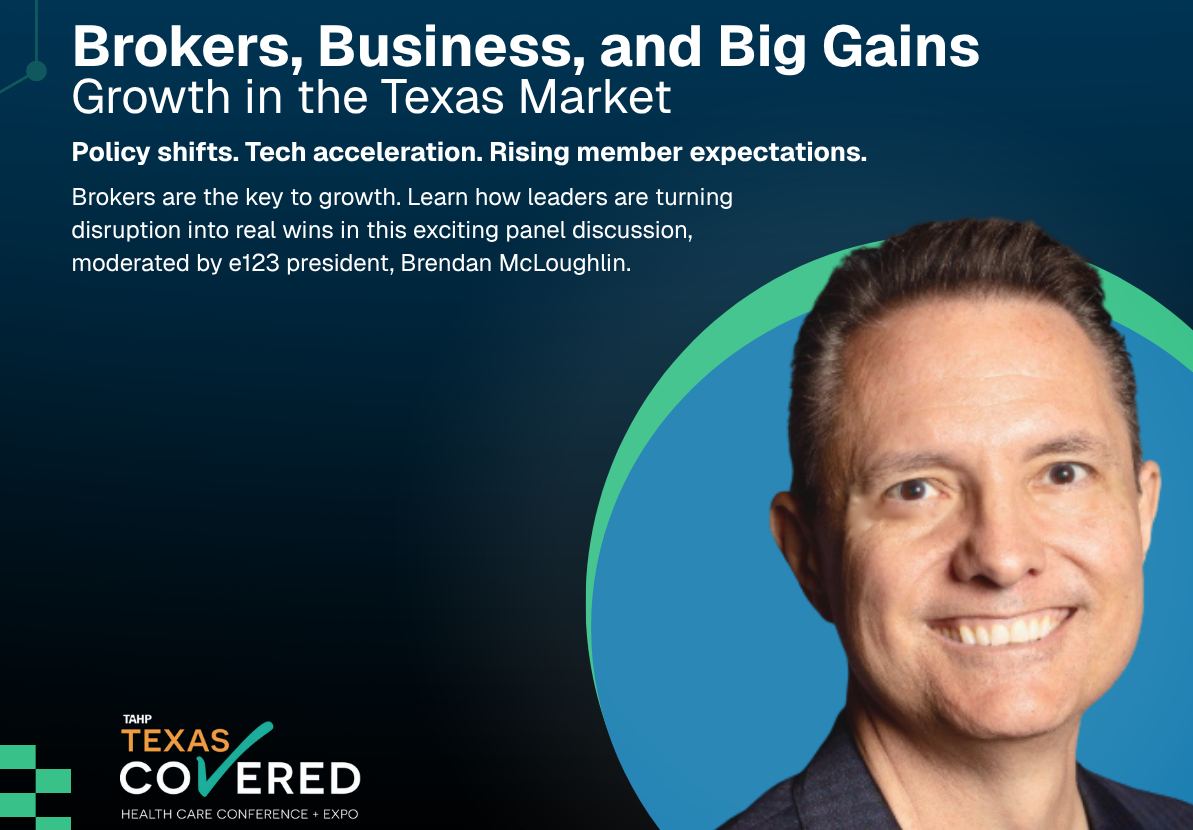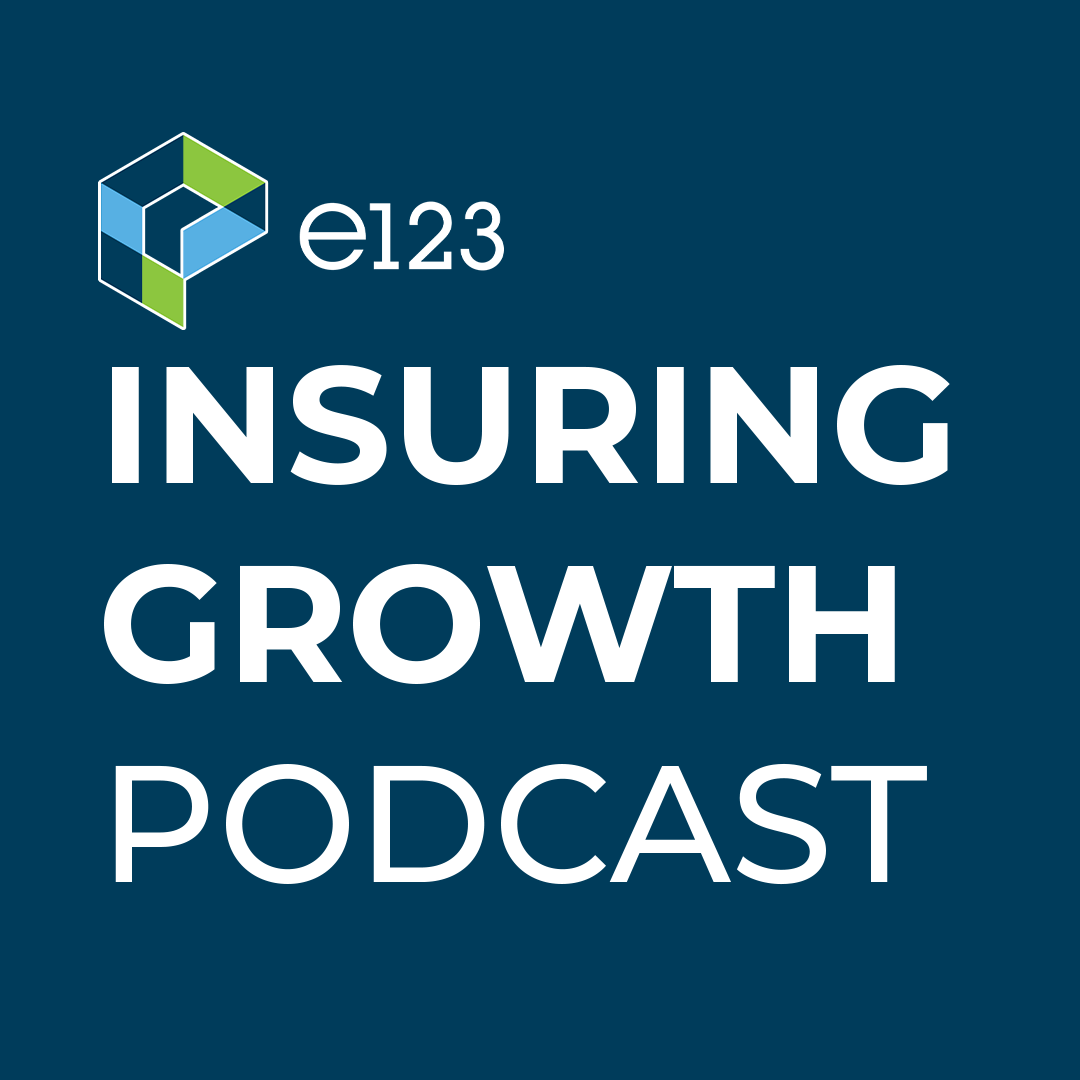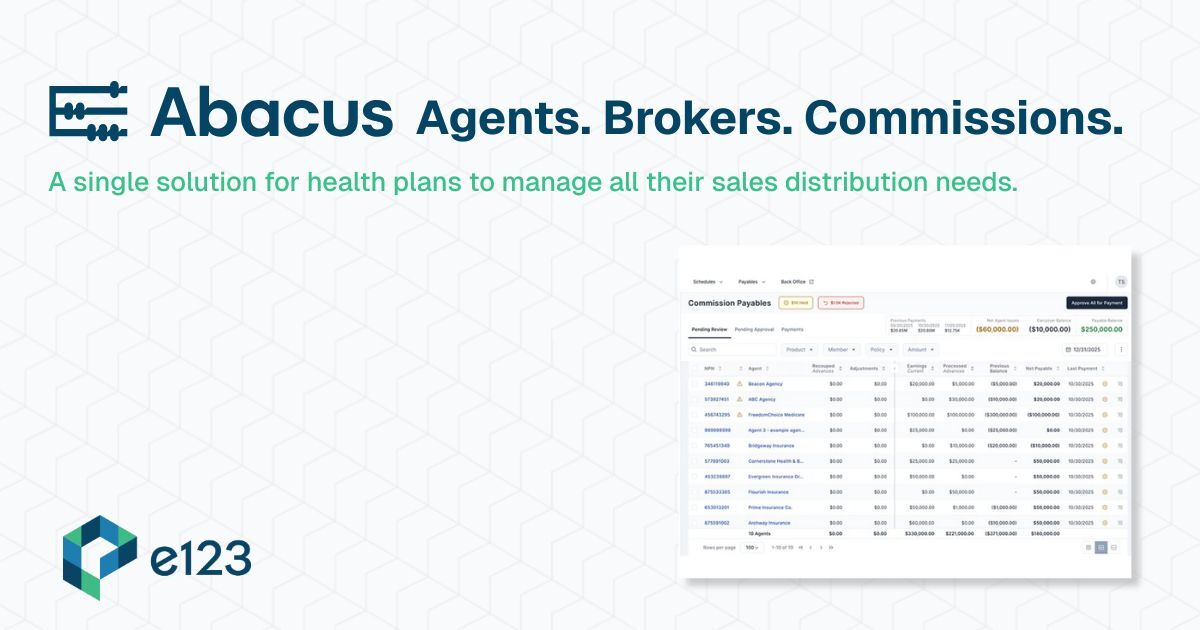Brendan McLoughlin, President of e123, is participating in an executive education course at the Massachusetts Institute of Technology on Artificial Intelligence (AI) and its implications for business strategy. This is the sixth in a series of blog posts where he shares the insights he is gaining and how they apply to health insurance distribution.

In today’s rapidly evolving landscape of technology and innovation, the role of artificial intelligence (AI) continues to provoke questions about its potential impact on a wide array of industries. In the life and health insurance industry, one question looms large over all others: when will AI replace insurance agents? To unravel this inquiry, it’s crucial to delve into the challenges and limitations posed by natural language processing (NLP), a foundational component of AI.
What is Natural Language Processing?
Natural Language Processing (NLP) is a branch of AI that focuses on the interaction between computers and human languages. It’s the way that Alexa, Siri and ChatGPT “understand” what we are asking. It involves the development of algorithms and techniques that enable computers to understand, interpret, and generate human language in a meaningful way. NLP encompasses a wide range of tasks, including speech recognition, language translation, sentiment analysis, and text summarization. By leveraging computational linguistics, machine learning, and other AI techniques, NLP systems can process and analyze large volumes of natural language data, enabling applications such as virtual assistants, chatbots, and language translation services. Overall, NLP plays a crucial role in bridging the gap between human communication and computational systems, facilitating more intuitive and effective interactions between humans and machines.
Understanding the Challenges of NLP
AI thrives when asked to use NLP to answer predictable questions that are asked with regularity, such as the ubiquitous Frequently Asked Questions common on many websites. It is also excellent in looking up specific information such as “how much commission did I earn last month?” But in more complex and nuanced interactions, AI can struggle. Researchers from the Manav Rachna International Institute, India, shed light on the myriad challenges inherent in NLP. The fundamental limitation comes from NLP’s need to be “trained”. Despite significant advancements, NLP encounters hurdles that make it neither perfect, nor perfectly reliable. Contextual distinctions, synonymous expressions, and varying levels of linguistic complexity pose formidable challenges for NLP algorithms. Moreover, homonyms, sarcasm, ambiguity, and cultural idiosyncrasies further complicate the task of interpreting language accurately. For example, imagine a computer trying to understand the phrase “I love my current health insurance!”. These challenges persist across diverse domains and geographic regions, underscoring the intricacies of language processing.
The Role of Insurance Agents in Prioritizing the Customer Experience
Amidst these complexities, the pivotal question emerges: can computers effectively perform the tasks traditionally undertaken by human insurance agents? While AI holds immense potential for automating some aspects of insurance distribution, the nuanced nature of human interaction remains unparalleled. Since insurance products are constantly changing, members’ health conditions can vary as time passes, and the insurance enrollment process is so deeply personal, rarely are interactions rote or predictable. Given enough time and data, it is possible that future NLP algorithms could be trained to accurately and appropriately respond to a potential customer’s questions and concerns. However, gathering enough of the right data and training algorithms to respond correctly is perhaps decades away. Insurance agents offer personalized guidance, empathetic support, and tailored solutions that transcend the capabilities of today’s AI algorithms. In navigating the intricacies of insurance policy sales and enrollment, addressing client concerns, and fostering trust-based relationships, human agents prioritizing the customer experience possess a unique advantage over their AI counterparts.
A Better Question: How can AI and Agents best partner together?
In prior posts we discussed the power of AI and people working together – a concept cognitive scientists call Collective Intelligence. Perhaps a better question to ask is: “how can AI and insurance sales agents working together produce the best outcomes?” Currently, AI-powered tools can automate routine tasks such as data entry, lead qualification, and document processing, allowing agents to focus their time and energy on more high-value activities like building relationships with clients and providing personalized guidance. NLP algorithms can enable intelligent chatbots and virtual assistants to engage with customers in real-time, addressing common queries and providing relevant information. AI-driven analytics tools can analyze vast amounts of customer data to identify patterns and trends, enabling agents to tailor their sales strategies and offerings to meet the specific needs of individual clients. Additionally, machine learning algorithms can optimize sales processes by predicting customer behavior, identifying cross-selling opportunities, and recommending the most effective sales approaches. For the foreseeable future, the most practical vision for AI in life and health insurance distribution is one of AI and agents working together to be more efficient and effective.
“Alexa, Will AI Replace Agents?”
So as of now, the answer to whether AI can fully replace insurance agents remains a resounding no. While AI continues to augment and streamline insurance processes, the indispensable role of human agents persists. Despite advancements in NLP and AI technologies, the complexity of human language, the variability of insurance products and the intense personal nature of insurance sales defies complete automation. Insurance agents bring a wealth of experience, intuition, and emotional intelligence to their roles, enriching the client experience and driving customer satisfaction, and we are quite a ways away from being able to automate those benefits. In fact, the limitations of AI highlight the strategic importance of carriers attracting and retaining the best agents.
The world of machine learning holds immense potential for revolutionizing insurance distribution, offering a myriad of opportunities for insurance carriers and marketers to optimize their operations and enhance customer experiences. Machine learning presents a transformative opportunity for insurance distribution professionals to drive innovation, improve operational efficiency, and deliver superior value to customers. By embracing machine learning and integrating it into their strategic initiatives, insurance companies can unlock new opportunities for growth and success in today’s competitive marketplace.
Conclusion
In the ever-evolving realm of AI within insurance distribution, the question of AI replacing insurance agents underscores the intricate interplay between technology and human expertise. While AI offers unprecedented efficiency and automation, it thrives on repetitive tasks and consistent environments. Given the highly complex nature of life and health insurance sales, the critical role of human agents in providing personalized service and fostering meaningful connections remains irreplaceable. As advancements in AI continue to shape the insurance landscape, embracing a symbiotic approach that leverages the strengths of both AI and human agents is paramount for driving innovation and delivering exceptional value to clients.
Want to learn more about attracting and retaining the best agents? Download the white paper “Attract, Retain, and Motivate The Best Agents – Learn how to turn commissions into a competitive weapon”, written by e123 CEO Fred Studier.
Want to learn more about the future of AI in insurance distribution? Get in touch here. For prior posts in this series, click here or below:
|
Prior Post – Demystifying Machine Learning in Insurance Distribution |
Next Post – Is Natural Language Processing a Natural for Life & Health Insurance? |







